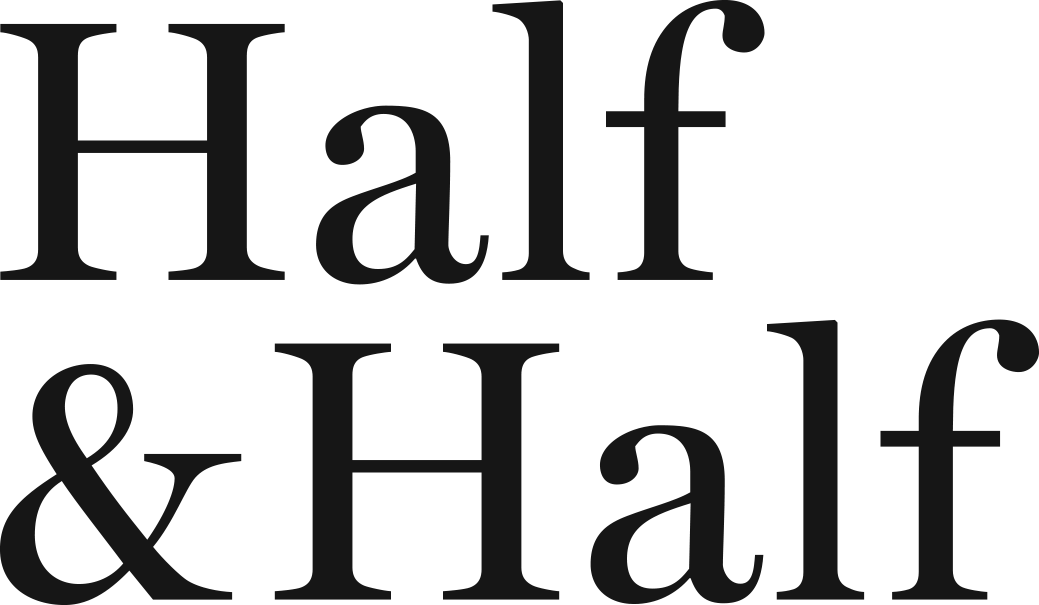Preserving the Land
/When a local lake turned toxic, a dairy farm family in Ohio did their part to help.
For decades, community contamination — from industrial and residential wastewater to agricultural runoff — poured into Grand Lake St. Marys, a public lake and recreation park in western Ohio.
Combined with erosion and elimination of wetlands, in 2009, this buildup of nutrients created the perfect environment for toxic algae bloom to flourish and overtake this small, state-owned and -operated lake. Boaters and swimmers alike were discouraged from using the lake due to the algae’s harmful effects. National media attention even highlighted this small Ohio lake and its poor water quality issues.
Just three miles south of the lake sits Brownhaven Farm in New Bremen, Ohio. Run by brothers and second-generation farmers Lou and Alan Brown, alongside other family members, including their sons Tony and Mitchell, the Brown family milks 300 cows, while keeping the environment top of mind. With the farm’s proximity to the lake, the Browns feel a responsibility to care for the land and water nearby, in the same way they care for their family farm and their herd.
It’s a responsibility that comes with producing quality food for others and maintaining the land where their ancestors put down roots. “The fact that we live here on the land, we want to do the best we possibly can, and we want to pass it on to the next generation,” Lou says.
Part of the solution
While local community leaders stepped up to find solutions to restore safe, quality water in the lake for Ohio residents and wildlife to enjoy, nearby farmers and ranchers, including those at Brownhaven Farm, also took action. They implemented stricter manure management guidelines, created and continue to reassess their farm’s comprehensive nutrient management plans, incorporated cover crops to protect the soil and prevent future excess runoff and erosion, and test their soil nutrient levels on a regular basis.
On the farm’s 250 acres, the family grows corn for silage to feed their cows. During the winter months, they plant oats and radishes, and just recently tried wheat in order to have a full winter crop. By growing these cover crops, their soil remains healthy, less erosion takes place and they have the benefit of growing part of their own feed for their cows.
“The fact that we live here on the land, we want to do the best we possibly can, and we want to pass it on to the next generation.”
Every two years, they test their soil nutrient levels to identify excessive or needed nutrients. To offset any movement of nutrients, the Browns apply gypsum, a natural mineral and fertilizer, to their land based on the results of the soil test. Gypsum supplies plant nutrition and enables nutrients to go deeper into the soil to help mitigate unnecessary runoff.
Another component of protecting and improving water quality at the lake included regulations regarding manure spreading. With comprehensive nutrient management plans come strict guidelines for when and how often dairy farmers can apply manure to their crops. As an organic fertilizer that comes from their own livestock, manure is a vital aspect of farmers’ operations. However, to protect nearby environments, they can only apply it during certain weather conditions. For the most part, farmers do not apply manure on cropland when it is frozen or when there are heavy or extended periods of rain — to ensure manure doesn’t enter the local water supply. For the Browns, due to their proximity to the lake and local guidelines, this means temporarily storing their manure from the middle of December through the beginning of March.
Protecting local resources
Thanks to these unified actions, today, the quality of water at Grand Lake St. Marys has significantly improved.
“The things we have been doing for best management practices have collectively made an impact,” Lou says. “The water quality has gotten better within the streams, but there are still high readings in the lake from time to time. It’s a work in progress.”
While there is still more to do, the community is committed to fully restoring the lake.
In addition to the Browns’ and other farmers’ efforts, wetlands were reestablished to help filter water before it goes into the lake.
“The cleaner water filters through the system and goes out into the lake, but when it enters, it’s a little bit dirtier water carrying nutrients,” Lou says, “And whether the nutrients are coming from the farmland or the septic systems or nearby wastewater treatment plants, they make their way through the streams and are able to be filtered out before getting to the lake.”
The plants and vegetation in the surrounding wetlands help remove excess nutrients, including phosphorus and nitrogen, creating cleaner water by the time it reaches the lake.
Change doesn’t happen overnight. But through continuous efforts, the community is working toward safeguarding Grand Lake St. Marys now and in the future.
For the Brown family, their full-circle farm, and the practices they incorporate, encapsulate what it means to be a sustainable operation, and what it takes to leave the land — both theirs and their community’s — better than when they found it.
